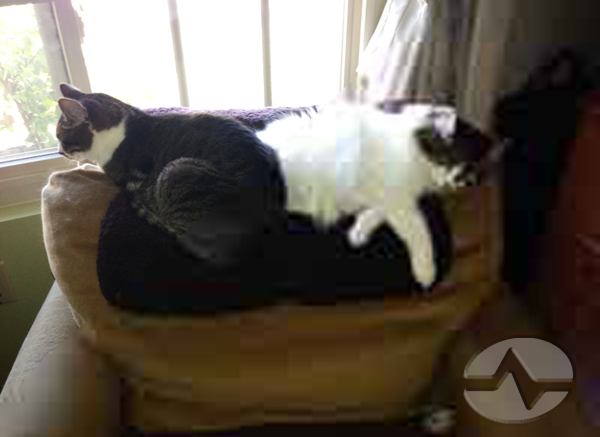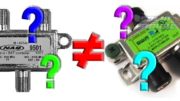So you’re making the jump. You’ve decided to join the 21st century, get rid of that chalkboard, and embrace the world of digital signage. Maybe you got a player from SolidSignal.com (I hope so) but one way or the other you’ve decided to do it yourself and now you’re seeking some advice. Maybe you fancy yourself a Photoshop whiz, but you have to ask yourself, what image format should be used?
Most digital signage players will accept almost any picture format, but there are two that you should think of using specifically that are supported by nearly every player out there. You can use Photoshop or almost any program to save these formats, too, making them ideal for your use.
JPEG is the most common picture format in the world. It’s used by your smartphone, your computer, and pretty much every web site you’ve ever seen. It’s one of the oldest file formats still used today, because it was the first one to use “lossy compression.” Lossy compression means that you get a really small file but you give up something in the process. Usually it’s a bit of quality that you didn’t mind losing in the first place. There are many cases where a .5% difference in brightness or color translates out to a 50% reduction in size, and that’s usually a bargain you’re willing to make. On the other hand, JPEG images can suffer from “artifacts” like you see in the white cat above, where a large amount of quality is lost. It depends on the settings when you save the file, an once you lose that quality, you can’t ever get it back.
PNG is a less well-known format that’s used mostly for web sites where picture quality is really important. It also supports the ability to have some of the picture be transparent, which JPEG doesn’t. PNG files are usually higher in quality than JPEG files, but can be 3-4 times larger. That may not make a difference to you unless you have thousands of images to show, but no amount of space is infinite. Sooner or later you are going to run out of space on that memory card, and if that’s a concern, PNG files are probably not for you.
If you’re trying to include a large number of pictures, JPEG file format is the right choice. Your photos will look lovely on a TV screen regardless of a minor decrease in quality. On the other hand, if you’re trying to create a digital menu board or something else with a large amount of text, PNG files will be better because the text will be a lot more legible. Usually you can mix the two formats; you don’t have to choose one or the other in a large mix of image files.





